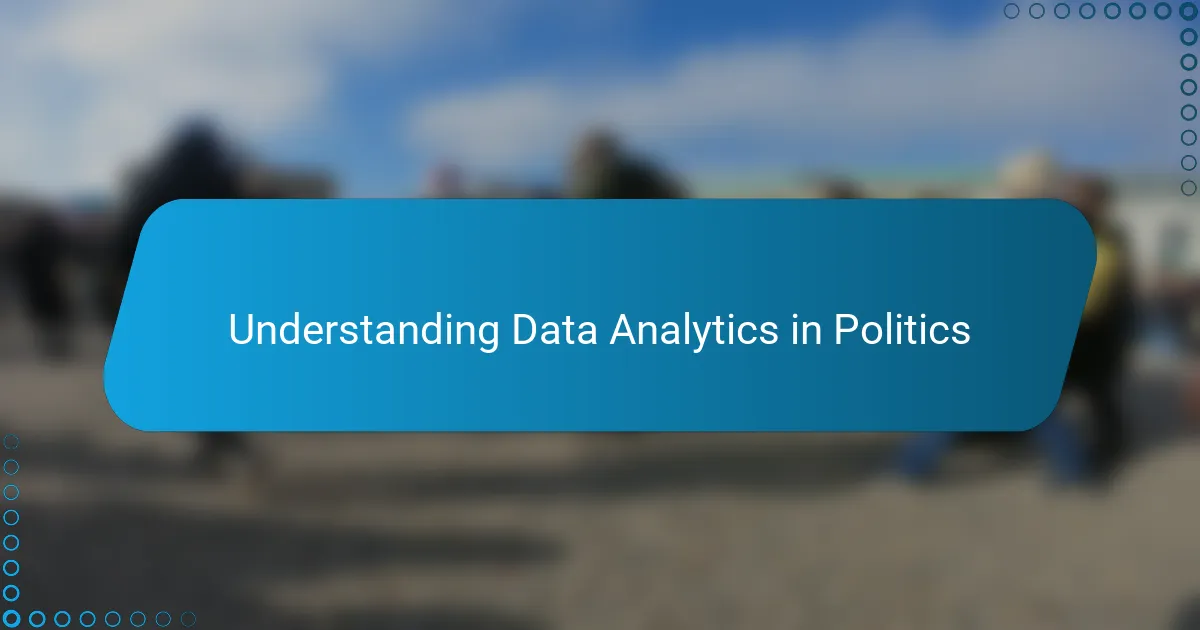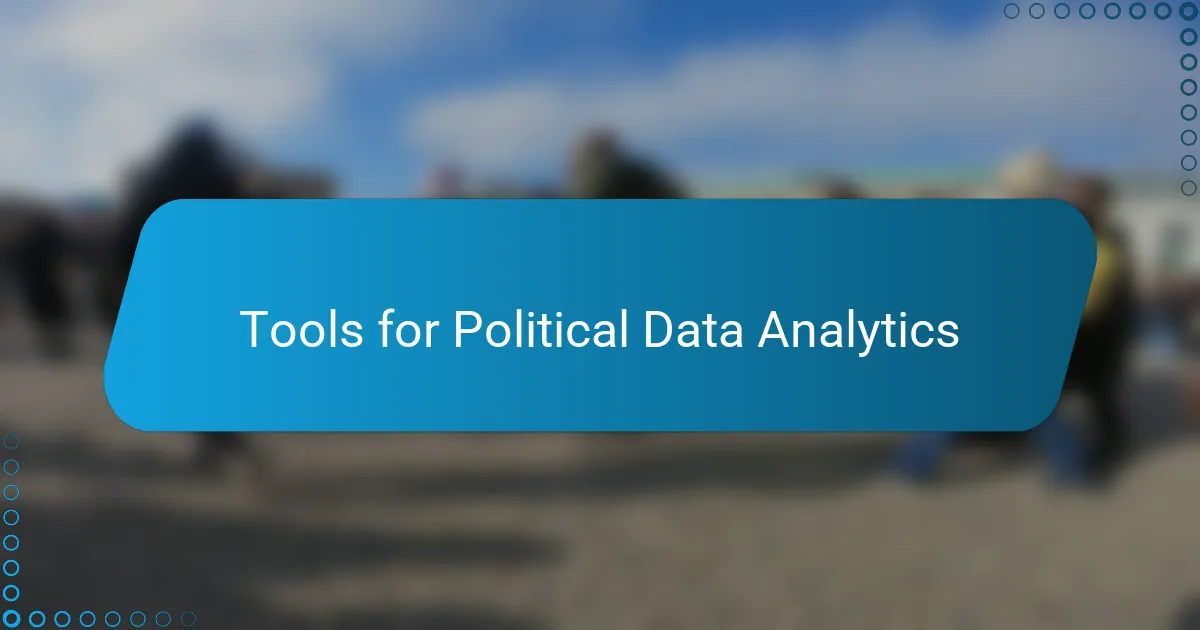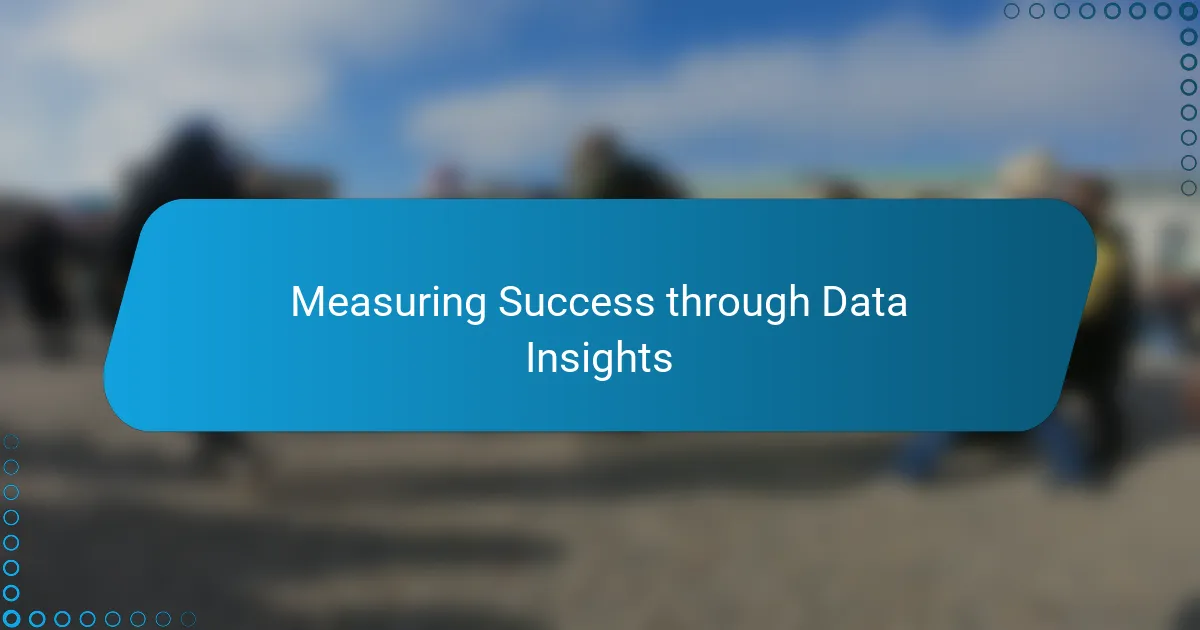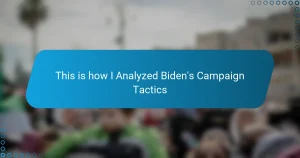Key takeaways
- Data analytics transforms raw numbers into actionable strategies by revealing underlying voter motivations.
- Tools like Python and data visualization platforms enhance the understanding of complex voter behavior.
- Measuring success involves recognizing the real-world impact of data insights and adapting strategies in real time.
- Fine-tuning messaging based on data-driven results can significantly influence campaign effectiveness and voter engagement.

Understanding Data Analytics in Politics
When I first dived into data analytics in politics, I quickly realized it’s not just about numbers—it’s about reading the story behind those numbers. Have you ever wondered how campaigns pinpoint the exact issues that move voters? Data analytics breaks down complex voter behavior into understandable patterns, revealing what truly motivates people.
I remember feeling both excited and overwhelmed as I sifted through countless data points. But what struck me most was how this tool transformed intuition into informed strategy. It allowed me to move beyond assumptions and tailor messages that resonated deeply with different communities.
Isn’t it fascinating how data analytics creates a bridge between raw information and human emotion? In politics, where every vote counts, understanding this connection can be the difference between winning and losing. From my experience, mastering this blend was a game-changer for campaign success.

Tools for Political Data Analytics
When I first started exploring tools for political data analytics, I was amazed by the sheer variety available—from basic spreadsheets to sophisticated platforms like Tableau and R. Have you ever tried to make sense of hundreds of thousands of voter records without a powerful tool? Trust me, without these, the task quickly becomes overwhelming.
One tool that stood out to me was Python paired with libraries like Pandas for data manipulation and Matplotlib for visualization. It felt like having a digital assistant that could instantly spot trends I might have missed. This ability to dissect data granularly gave me a real edge in crafting targeted campaign messages.
But beyond software, I found that integrating these tools with voter databases and social media analytics made all the difference. It was like piecing together a complex puzzle—each tool providing clues that helped me understand voter sentiment on a much deeper level. Have you ever experienced that thrill when the data suddenly clicks into place? That moment validated all the hours I spent learning these tools.

Measuring Success through Data Insights
Measuring success through data insights wasn’t just about hitting numbers on a dashboard; it was about recognizing when those numbers translated into real-world impact. I vividly recall the first time I saw a spike in engagement after adjusting our messaging based on data patterns—it felt like connecting directly with voters on issues that truly mattered to them. Have you ever experienced that rush when data evolves from abstract charts into tangible, campaign-changing moments?
Tracking key performance indicators like voter turnout rates and social media engagement gave me concrete evidence of which strategies were working—and which weren’t. But it was the subtle shifts, like a 2% increase in support within a targeted demographic, that revealed to me the power of fine-tuning messages using data-driven insights. This granular feedback loop was invaluable, turning every campaign decision into a calculated, impactful move.
What made measuring success so rewarding was the ability to iterate constantly. Instead of waiting until the end to analyze results, I learned to monitor progress in real time, adapting tactics swiftly. This dynamic process made me feel more in control and confident, knowing the campaign’s direction was grounded in solid evidence rather than guesswork. Have you ever wished for a clearer pulse on how well your efforts are resonating? Data analytics gave me exactly that.


